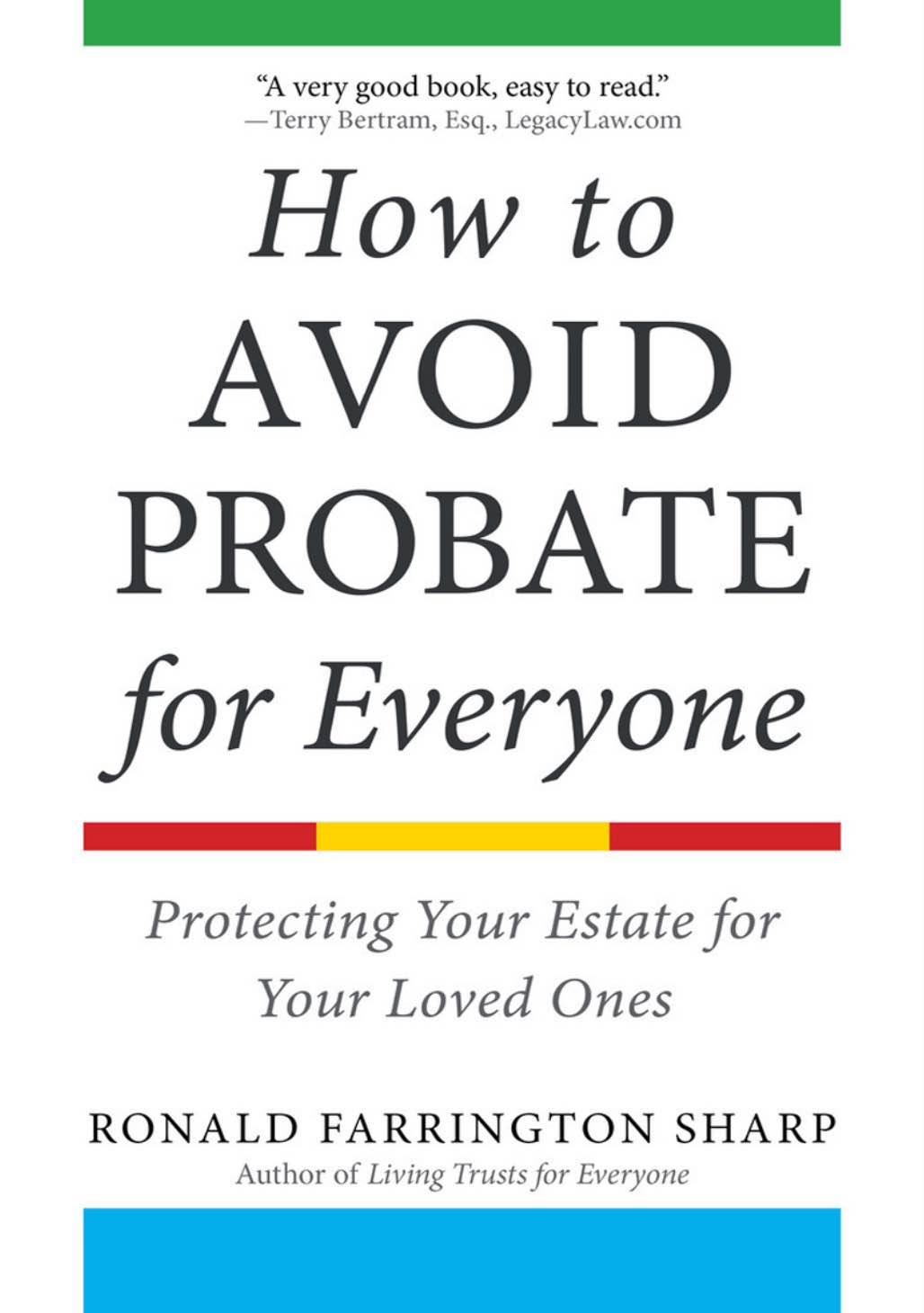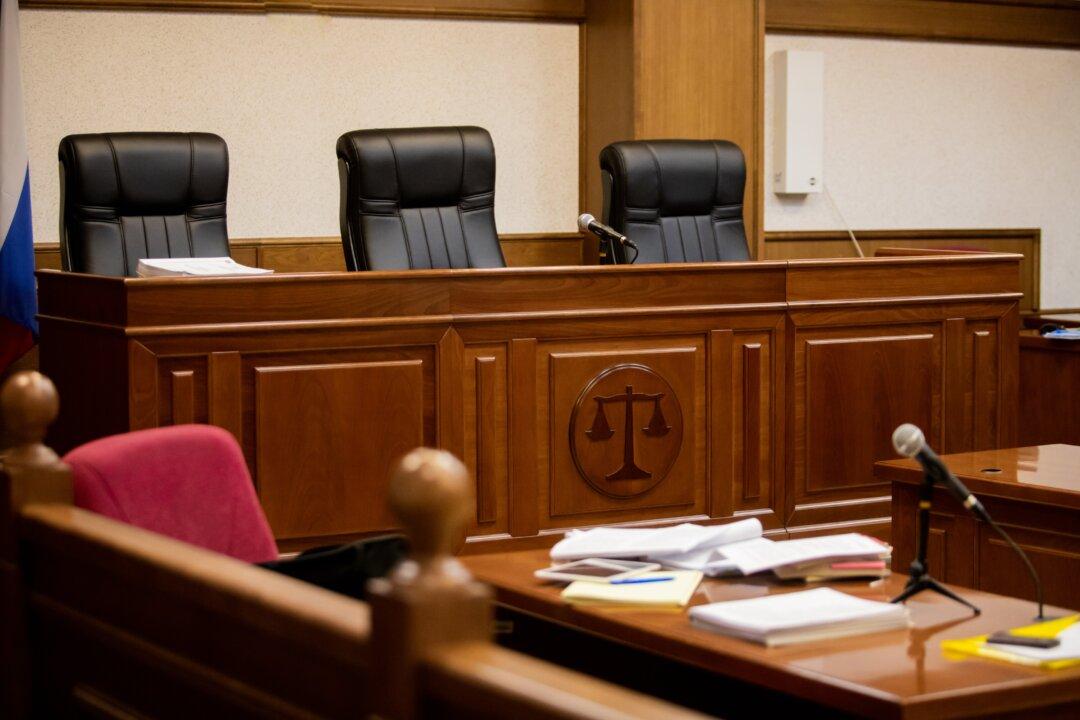Revocable Trusts Versus Irrevocable Trusts
First, some definitions:
- The person making the trust, the trust owner, is called the grantor.
- The person in charge of managing and/or distributing a trust is called the trustee.
- While the grantor is alive and competent, she can be both the grantor and the trustee. At her death, another person or persons take over to carry out the terms of the trust. These are called successor trustees.
- Those who are given the trust assets as set out in the trust agreement are the trust beneficiaries. The grantor can also be a trust beneficiary during her lifetime.
Revocable means that the trust is changeable by the grantor. People don’t often revoke their trust but do amend them as circumstances change. If the trust is irrevocable, it usually can be neither revoked nor amended. We do use irrevocable trusts in certain situations, which will be described later.
A living trust (sometimes called an inter vivos trust) just refers to the fact that the trust comes into existence while the trust grantor is alive, rather than coming into existence at her death. A testamentary trust—one contained within the provisions of a will—is not a living trust, since it does not come into existence until the grantor’s death. A trust, when signed, is something like a business. Example: The Doe Bakery Corporation is a business and can have multiple bank accounts in its own name. It can own the bakery building, the delivery van, the equipment and supplies, even the doughnuts belonging to the business. But Mr. and Mrs. Doe own the Doe Bakery. The business, as a corporation, has a set of bylaws, which are rules governing how the business operates. If the owners die, the business is still alive and likely still making doughnuts under new management.
A trust is like that in many ways. Your trust can own your real estate, bank accounts, investments, vehicles, personal property and furniture, and can be the beneficiary of insurance and accounts, but you own the trust. So long as you are alive and competent, you can revoke the trust, change its terms, and spend its assets. The trust has instructions that determine how changes can be made, the powers trustees have in relation to borrowing against or buying and selling assets, and what happens if you, the trust grantor, become disabled or die. It can continue in existence after your death to provide management of assets for your heirs. It is very important that all the appropriate language be in the trust document to most effectively carry out your wishes.
A trust, as a legal entity, actually needs a name so that assets can be transferred into and out of the name of the trust. Investment accounts will be under the name of the trust and it can have its own federal tax employer identification number rather than using the grantor’s Social Security number. It might be called any of these names:
- The John Doe and Jane Doe Revocable Living Trust
- The John Doe and Jane Doe Trust
- The Doe Family Trust
- The John and Jane Doe Loving Trust
- Bob (LOL—the point being that the trust can be called anything)
Since some of us have more than one trust, it helps to identify the particular trust by adding the date the trust was created to its name. This is usually formatted as follows: “The John Doe Trust under agreement dated April 1, 2021” or foreshortened as “U/A 1st April 2021.”
As explained earlier, a trust is like a will in that it is a written document saying who gets what at the death of the grantor, who is in charge of seeing that this happens, and directs when the grantees receive their inheritances after the grantor dies. But unlike a will, trust assets do not have to go through the probate process in order to distribute the estate assets, and no court is required to be involved in the trust management or distribution to trust beneficiaries. A trust is also a legal entity—in other words, a legal person, which has the ability to own things just like a real person.
After the trust is written and signed, it is born into existence and then needs to be funded. As described earlier, funded means that assets are put into the name of the trust in one way or another. It can be directly, by deed or title transfer, or planned for the future by listing the trust as the beneficiary or by transfer-on-death or pay-on- death designations. Insurance policies, real estate, vehicles, bank and investment accounts, business interests, personal property, collections—essentially everything a grantor owns can be transferred into the name of his trust. When you die the trust already owns your stuff, so there remains nothing left in your individual name to probate. The trust says what happens to the things it owns, and the trustee sees that those directions are followed.
While a grantor is alive and competent, there are no restrictions on what she can do with the assets in a revocable trust. Assets can be bought, sold, mortgaged, destroyed, or given away at the whim of the grantor. There is no real downside.
At the grantor’s disability—typically mental or physical incompetency, as determined by two physicians and as instructed in her power of attorney and in the trust itself—the trust becomes irrevocable and the successor trustee takes over and uses the assets for the grantor’s benefit. At her death, the trustee follows the instructions as to distributing the remaining trust assets to the final beneficiaries.
Probate avoidance is a major advantage of the trust due to its savings of time, complexity, and money, but for many grantors the asset management features are even more important. Sometimes it is necessary to structure an inheritance to be certain that the inherited assets are preserved and used for the beneficiary’s benefit. Here are common examples.
Children as Heirs
If you leave your estate in a typical manner, it might say everything goes to your spouse, and if he is already deceased then it all goes to your children equally. That’s a commonsense and normal intention, but it has several potential problems.
First, of course, is what if the children are minors? They can’t do most of the transactional tasks needed to manage money, pay taxes, and do banking and investments. If you say nothing else other than that they inherit your estate, then their inheritance would be turned over to a court-appointed conservator to hold and manage for them until they reach the age of majority. That brings the court into play with its attendant costs and hindrances.
Then, should the money be turned over to them when they turn eighteen? While some teenagers would be able to handle their own financial affairs, most would not. A young person might consider themselves rich, even with not so many thousands of dollars—therefore, why go to college? Friends will be influencing them and soon the money could be gone. No cash and no education.
Parents generally like the idea of having a child’s inheritance managed by someone else, a trustee for instance, who will then use the money for the child’s education and other needs, distributing it either at a given age or spread out in incremental distributions. For minors, the instruction might be that the trust fund can be used for educational expenses, then one-third upon graduation or reaching age twenty-five, whichever comes first, then half of the remainder at age thirty and the balance at age thirty-five. This kind of plan encourages getting an education. The thinking could be as follows: I can go get a low-paying unskilled job until I am twenty-five, or go to college and have it paid for by the trust. Which sounds better?
As to the next two installments, it gives the child time to reflect on his mistakes if he blew the first installment on bad decisions, investments, or relationships. Then there are the children who are their own worst enemies, even when grown. There is just no way they can be given any lump sum without wasting it. So, a trust can be structured for that child to provide a lifetime income. This could be an instruction that a lifetime annuity be purchased with the trust fund money or that the trustee use the funds to pay for the beneficiary’s income and expenses over a period of time.
I generally suggest a clause in the trust that does not allow a beneficiary to “anticipate” his inheritance. This means that he cannot sell, borrow against, or assign his right to receive money. This is to avoid companies that will buy out an expected inheritance for a lump sum, which is typically far less than what the beneficiary would receive over time and thus make an end run around the plan that you set up.
Another potential problem is when you name the trustee of the child’s funds to be the same person as the child’s guardian. This is a potential conflict of interest. I represented some children who inherited when they were in their early teens. They lived with the guardian and the guardian used their money to help support them, but also used it for her own children’s expenses and benefit. New appliances and furniture for her house also came from the children’s trust fund, as did a swimming pool. While the children all enjoyed the use of these things, the things stayed with the guardian after the children were of age. This and other expenses charged to the trust left little to the children when it came time to close down the trust.
We sued, but the trustee/guardian had already spent the money and there was no way she was going to be able to repay them. This situation could easily have been avoided by appointing a separate trustee from the guardian or having co-trustees or, even better, having a trust protector as described later in this book. It was a badly drafted trust, and this is one case where probate court supervision could have prevented the misuse of funds. Sometimes a poorly made trust is worse than having to go through probate.
(To be continued...)

This excerpt is taken from “How to Avoid Probate for Everyone: Protecting Your Estate for Your Loved Ones” by Ronald Farrington Sharp. To read other articles of this book, click here. To buy this book, click here.
The Epoch Times copyright © 2023. The views and opinions expressed are those of the authors. They are meant for general informational purposes only and should not be construed or interpreted as a recommendation or solicitation. The Epoch Times does not provide investment, tax, legal, financial planning, estate planning, or any other personal finance advice. The Epoch Times holds no liability for the accuracy or timeliness of the information provided.





